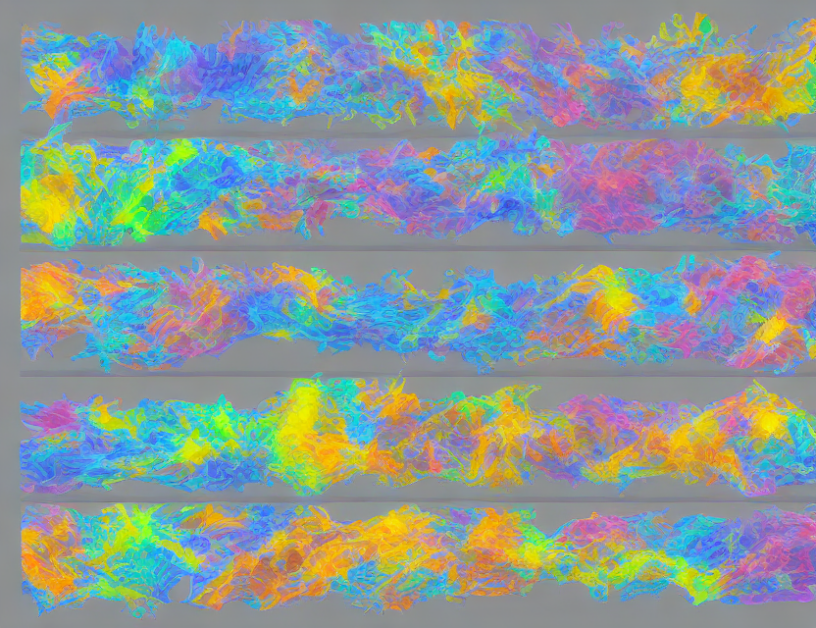Graph Neural Networks (GNNs) are a type of neural network designed to handle graph-structured data, such as social networks or molecular structures. However, existing GNN models have limitations in their ability to capture long-range dependencies and expressive power. In this article, we propose a new regularization technique called Regularizing Weighted Sum (RWSE) to address these issues.
The RWSE technique adds a weighted sum of the node features to the GNN’s update rule, which helps to capture long-range dependencies and improve expressiveness. The weights are learned during training and can be adjusted based on the specific graph structure and task at hand. We demonstrate the effectiveness of RWSE through experiments on several benchmark datasets and show that it can improve performance compared to existing GNN models.
To better understand how RWSE works, let’s consider an example of a graph with nodes representing cities and edges representing roads between them. In this case, each node may have features such as population size, city size, or location, which are important for understanding the relationships between cities. A GNN model could use these features to learn how cities are related to each other and make predictions about traffic patterns or economic outcomes.
However, a simple GNN model might struggle to capture long-range dependencies between cities that are far apart from each other. For example, a city with a small population size may not have much influence on traffic patterns in a nearby city with a large population size. RWSE helps address this issue by adding a weighted sum of the node features, which allows the model to give more importance to nodes that are farther away from each other.
Another way to think about RWSE is as a form of "message passing" between nodes in the graph. In traditional GNN models, messages are passed between neighbors only once and then aggregated before being updated. However, this can lead to oversmoothing, where nodes become too similar to their neighbors. By adding the weighted sum, RWSE allows messages to be passed multiple times between nodes, allowing for a more detailed understanding of each node’s features and how they relate to other nodes in the graph.
Overall, RWSE is a promising technique for improving GNN models and enabling them to capture long-range dependencies and expressive power. By learning weights that adjust the importance of different nodes in the graph, RWSE can help GNNs better understand complex relationships between nodes and make more accurate predictions about graph-structured data.
Computer Science, Machine Learning
Exploring Regularization Techniques to Improve Expressiveness in Graph Neural Networks



